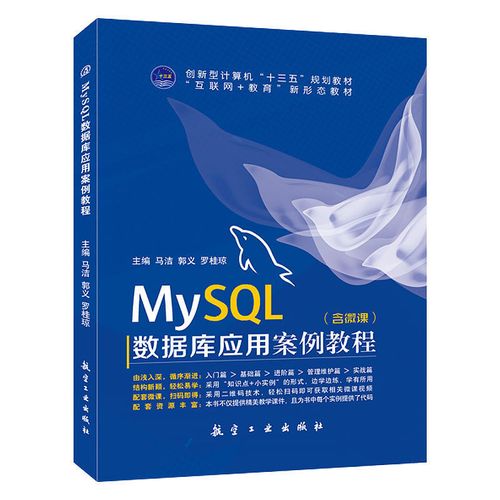
本文指导您如何在Linux系统上利用Swagger生成交互式API文档。
第一步:安装Swagger
对于基于spring Boot的项目,您可以通过maven或gradle引入Swagger依赖。
Maven依赖配置 (pom.xml):
<dependency> <groupId>io.springfox</groupId> <artifactId>springfox-swagger2</artifactId> <version>2.9.2</version> </dependency> <dependency> <groupId>io.springfox</groupId> <artifactId>springfox-swagger-ui</artifactId> <version>2.9.2</version> </dependency>
Gradle依赖配置 (build.gradle):
implementation 'io.springfox:springfox-swagger2:2.9.2' implementation 'io.springfox:springfox-swagger-ui:2.9.2'
第二步:Swagger配置
创建一个Swagger配置类,并使用@EnableSwagger2注解启用Swagger功能。以下是一个示例配置:
import org.springframework.context.annotation.Bean; import org.springframework.context.annotation.Configuration; import springfox.documentation.builders.ApiInfoBuilder; import springfox.documentation.builders.PathSelectors; import springfox.documentation.builders.RequestHandlerSelectors; import springfox.documentation.service.ApiInfo; import springfox.documentation.service.Contact; import springfox.documentation.spi.DocumentationType; import springfox.documentation.spring.web.plugins.Docket; import springfox.documentation.swagger2.annotations.EnableSwagger2; @Configuration @EnableSwagger2 public class SwaggerConfig { @Bean public Docket api() { return new Docket(DocumentationType.SWAGGER_2) .apiInfo(apiInfo()) .select() .apis(RequestHandlerSelectors.basePackage("com.example.demo.controller")) // 替换成您的控制器包路径 .paths(PathSelectors.any()) .build(); } private ApiInfo apiInfo() { return new ApiInfoBuilder() .title("您的API文档标题") .description("您的API文档描述") .version("1.0") .contact(new Contact("您的姓名", "您的网站", "您的邮箱")) .build(); } }
请务必将 “com.example.demo.controller” 替换为您的实际控制器包路径。
第三步:访问Swagger UI
启动spring boot应用后,访问http://localhost:8080/swagger-ui.html (端口号根据您的配置可能会有所不同),即可查看生成的交互式API文档。
第四步:使用和扩展
Swagger UI会自动根据您的OpenAPI规范生成可交互的API文档。您可以直接在页面上测试api调用,查看请求和响应示例。 此外,您可以使用Swagger Editor编辑和验证OpenAPI规范文件(YAML或json格式),并与postman、SoapUI等工具集成进行自动化测试。
通过以上步骤,您可以在Linux环境下高效地利用Swagger生成和管理您的API文档。 记住根据您的项目实际情况调整代码中的包名和配置信息。







